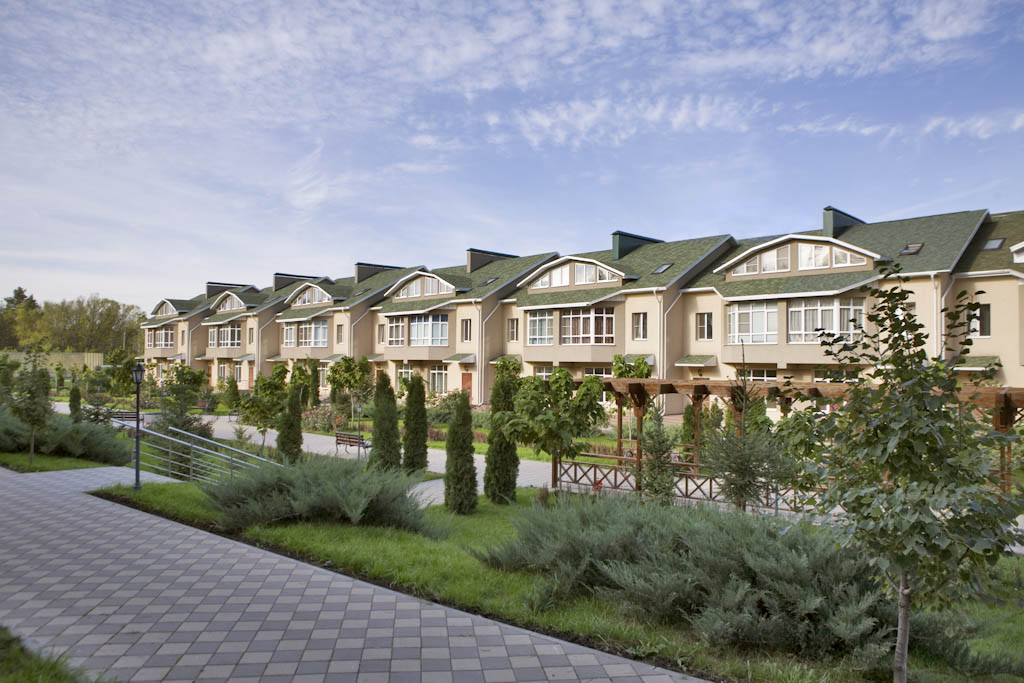Master-planned communities see growth from millennials, active adults
By Jim Parker
CTW Features
Variously dubbed planned cities or master-planned communities, these residential developments boast “safety in numbers” because of their massive size, tout “the devil’s in the details” for meticulous strategies and run counter to the “all work and no play” maxim – as everything from polo fields to a water parks mark some of the properties.
The sprawling villages, conceived decades ago in places such as intricately mapped-out Columbia, Md., marking its 50th year, show up across the country, although the largest neighborhoods are in seven Southern or Western states.
Irvine Ranch in California transposed Florida-based The Villages as the largest master-planned community, based on home sales in 2016. Located in Orange County, the ranch community tallied 1,989 deals last year, up 19 percent from 2015, according to RELCO and to John Burns Real Estate Consulting housing researchers. Irvine Ranch pitches on its website that “good planning goes a long way.” The community calls itself “93,000 acres of master-planned perfection.”
The Villages, a retirement community with an estimated 70,000 people, declined 14 percent in sales last year to 1,944 transactions.
According to the two research groups, Great Park Neighborhoods south of Los Angeles is the fastest-growing of the top 20 master-planned communities, surging around 90 percent last year from 2015.
Sales among the top 50 rankings in 2016 rose to 24,000 homes, up 9 percent from the year before, John Burns Real Estate Consulting notes. The master-planned total makes up 4 percent of all single-family home sales nationwide, according to the company.
To explain the upward tick in master-planned communities, “market segmentation – the targeting of various age, income and household segments with appropriately priced and designed residential product types and lifestyle amenities” – is leading to the growth, according to RELCO.
Notably, the communities are targeting “millennials and active adults/empty nesters in roughly equal numbers both with their product offerings and in their marketing efforts,” the real estate website reads.
Other resident types include homes designed for multiple generations including grandparents living with their children; luxury rental communities; and single-family lease-able properties.
What’s also helped the master-planned communities are indicators that boosted all home sales such as low mortgage rates, income and employment growth and low resale and new home inventory totals. The factors hike demand, including among first-time house buyers, according to John Burns Consulting.
The Southeast, Southwest and West Coast are the strongest regions, according to John Burns Consulting. California, Texas and Florida are in a dead heat in the RELCO Top 20 list, each with 20 percent of top-selling master-planned communities.
By contrast, the Northeast placed just one community in the John Burns Consulting top 50, Willowsford in Washington, D.C. at number 45.
The Southeast outside of Florida includes two areas: Raleigh in North Carolina with newcomer Briar Chapel posting 314 closings in 2016; and Charleston, which has the seventh largest master-planned community at Cane Bay. The neighborhood moved up three slots, John Burns Consulting notes.
Master-planned communities can claim some of the largest home builders in the country: K. Hovnanian just opened its Four Seasons active-adult community in new phase The Lakes at Cane Bay, ratcheting up sales just as existing builder Del Webb approaches its closeout.
“Cane Bay has maintained its prominence as the most popular masterplans in the state,” said David Kalosis, senior vice president of John Burns Consulting, “Even as record new home prices within Cane Bay and increased competition from other new masterplans within Charleston’s popular Summerville market offer competitive alternatives for both traditional families and active adults alike.”
Added Kalosis, “Cane Bay’s established brand within the community and its outstanding land design featuring a 350-acre navigable lake as its newest centerpiece keep the masterplan performing well ahead of local competitors.”
© CTW Features

